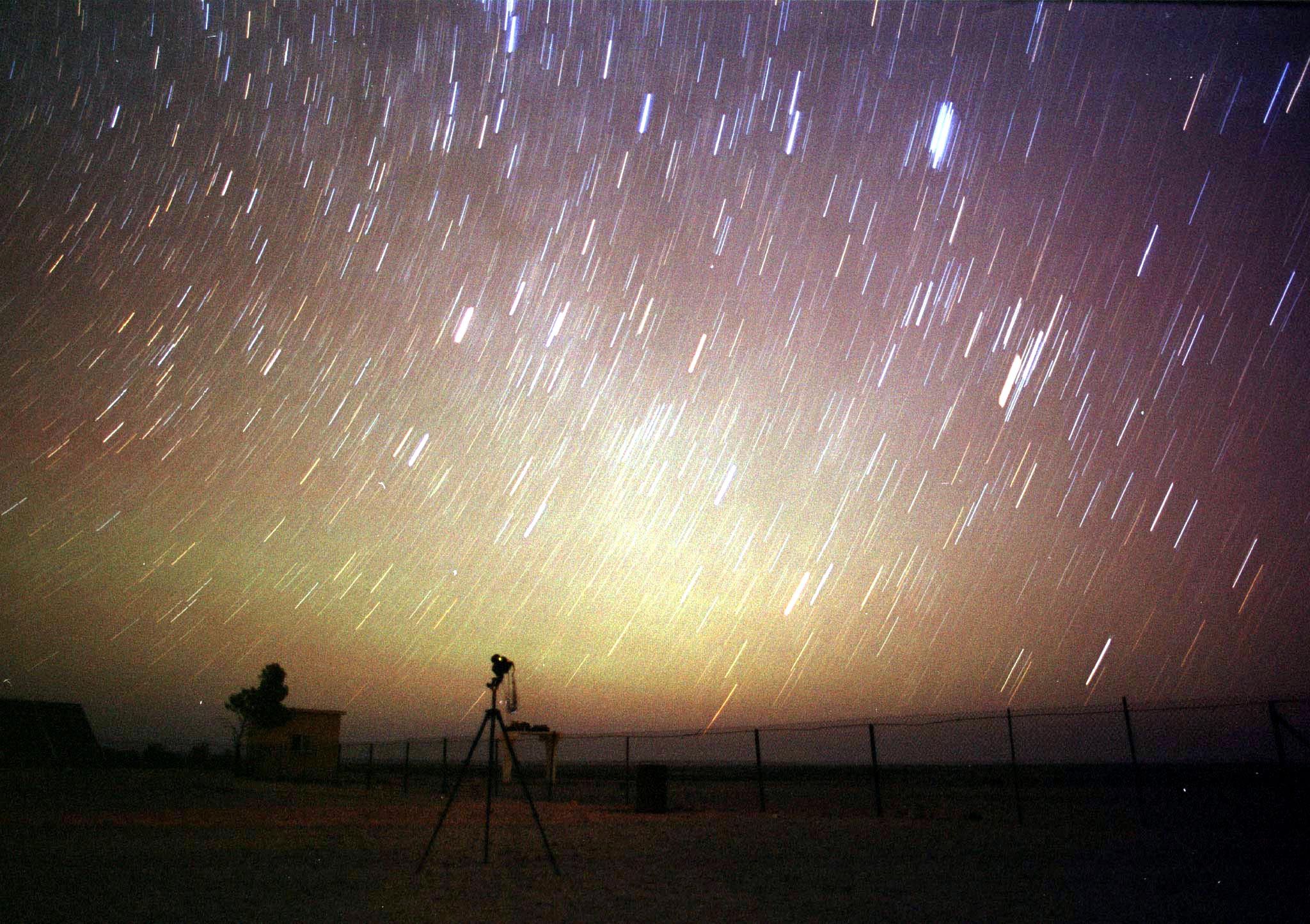Leonid Meteor Shower 2012: Where To Watch Peak This Weekend [PHOTOS & VIDEO]
The 2012 Leonid meteor shower will peak this weekend overnight during the early morning hours of Nov. 17, yielding bright and colorful meteoroids in the night sky.
But for 2012, the Leonid meteor shower could be the best show in many years, according to NASA. Scientists said the new moon will "set the stage" for the show to go over North America and then more intensely over Asia.
"We're predicting 20-30 meteors per hour over the Americas, and as many as 200-300 per hour over Asia," Bill Cooke, of the Meteoroid Environment Office at NASA's Marshall Space Flight Center, said in a statement. "Our forecast is in good accord with independent theoretical work by other astronomers."
Viewers can watch the Leonid show, so named because it emanates from the constellation Leo, with bare eyes outside. No special equipment is needed to watch the show. NASA suggests to move away from bright cities and lights, dress warmly and lie flat on your back on the ground and look straight up into the sky. To watch the beginning of the show, look for the constellation Leo in the sky, which starts in the northeast area around 11 p.m. By sunrise, though, toward the end of the Leonid show, Leo will be in the south-southeast region of the sky.
The official peak of the meteor shower will be Saturday, Nov. 17 at 3 a.m. EST, but it will be viewable both before and after that time.
Photographers can easily capture images of the Leonids by setting up a camera on a tripod and aiming up after putting the exposures on at least 15 seconds.
For those who don't want to be outside in the chilly November air, the Marshall Center will have a live Ustream telescope view from Huntsville, Ala. throughout the night on Nov. 16-17 on its website. Viewers in areas without clear weather forecasts can tune into the livestream and watch right from their laptops or computers.
The Leonid meteor shower is the most highly anticipated meteor storm for its large number due to its 12 or 13 tons of particles on average. The show is associated with the comet Tempel-Tuttle which was discovered in 1865. Tempel-Tuttle comes around every 33.2 years and leaves debris in its wake. The shower consists of meteoroids which are solid debris particles ejected from the comet as frozen gases evaporate from the Sun. Meteoroids from the Tempel-Tuttle typically drift during Earth's orbit during the Gregorian calendar month of November and appear flying around the constellation Leo.



© Copyright IBTimes 2024. All rights reserved.












